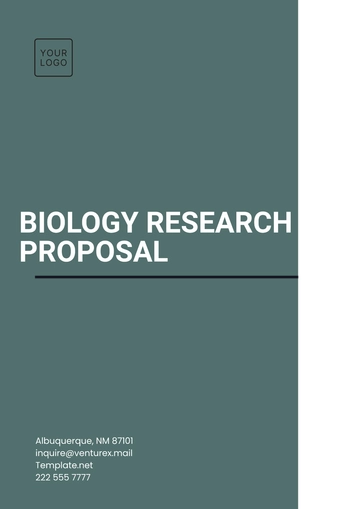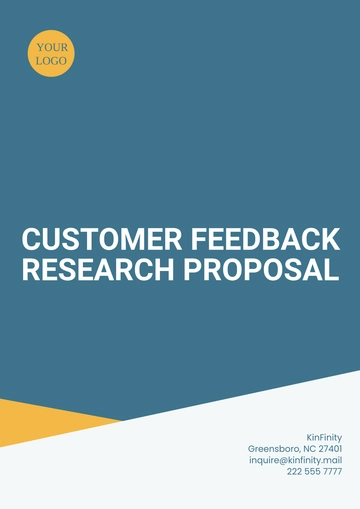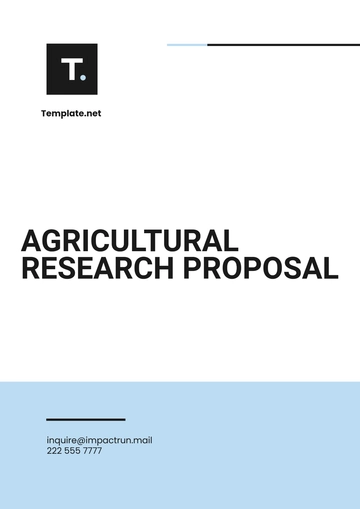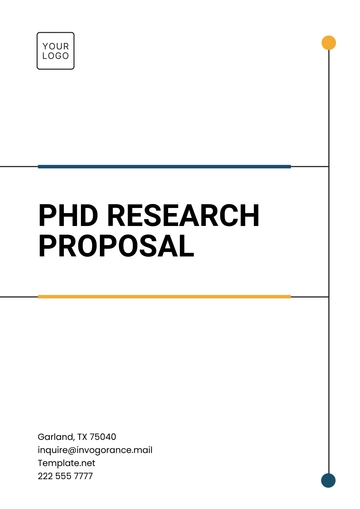Epidemiology Research Proposal
Prepared By: [YOUR NAME]
Date: [DATE]
I. Abstract
This research proposal seeks to examine the epidemiological factors influencing the incidence and prevalence of Type 2 Diabetes Mellitus (T2DM) across urban and rural settings. By conducting an in-depth analysis of demographic, behavioral, and socioeconomic variables, the study aims to uncover critical gaps in existing healthcare strategies. The ultimate goal is to identify targeted interventions to address the escalating trend of T2DM, thereby improving public health outcomes and informing more effective policy decisions.
II. Introduction
Type 2 Diabetes Mellitus (T2DM) is a chronic condition characterized by insulin resistance and hyperglycemia. The prevalence of T2DM has significantly increased worldwide, posing substantial public health challenges. Understanding the epidemiology of T2DM is crucial to developing effective public health interventions. This study aims to explore the epidemiological determinants of T2DM in both urban and rural contexts, emphasizing variations due to lifestyle, access to healthcare, diet, and socioeconomic factors.
A. Significance
Identifying determinants of T2DM can inform targeted prevention strategies and improve health outcomes. The study's findings could be instrumental in guiding policy decisions and resource allocation to better manage and prevent T2DM.
B. Objectives
III. Literature Review
Existing research indicates a growing prevalence of T2DM globally, with significant disparities between urban and rural populations. Urbanization, lifestyle changes, and genetic predispositions are frequently cited contributors. However, gaps remain in understanding the relative impact of these factors across different demographics. This study seeks to fill these gaps by providing a nuanced analysis of T2DM determinants and their interactions.
IV. Methodology
A. Study Design
This research project includes a cross-sectional study that combines both quantitative and qualitative methods to gather extensive data from populations in various urban and rural locations, aiming to obtain detailed and diverse information for an in-depth analysis.
B. Data Collection
Sample Population: Adults aged 30-60 years from strategically selected urban and rural regions. This age range is chosen to capture individuals who are at higher risk for Type 2 Diabetes Mellitus (T2DM) and to ensure a comprehensive understanding of the condition across different life stages.
Data Sources: Data will be collected through a combination of methods to ensure a robust and multi-faceted approach:
Variables: Key variables to be examined include:
Demographic Information: Age, gender, location (urban/rural).
Body Mass Index (BMI): A measure of body fat based on height and weight.
Physical Activity: Frequency, intensity, and type of physical exercise.
Dietary Habits: Nutritional intake and dietary patterns.
Socioeconomic Status: Income level, education, and occupation.
Healthcare Access: Availability and utilization of healthcare services, including preventive care and treatment options.
C. Analysis Methods
Data will be analyzed using statistical software (e.g., SPSS) to identify correlations and trends. Multivariate regression models will assess the impact of different variables on T2DM prevalence.
V. Ethical Considerations
This study will adhere to ethical guidelines to ensure the confidentiality and consent of all participants. Ethical approval will be sought from the relevant Institutional Review Boards (IRBs).
Informed Consent: Participants will be fully informed about the study's objectives, procedures, and potential risks.
Confidentiality: Data will be anonymized and stored securely to protect participant privacy.
VI. Budget
The estimated budget for this study is as follows:
Item | Cost (USD) |
|---|
Personnel | 50,000 |
Data Collection Tools | 20,000 |
Data Analysis Software | 10,000 |
Travel | 15,000 |
Miscellaneous | 5,000 |
Total | 100,000 |
VII. Timeline
The estimated timeline for the study is as follows:
Milestone | Deadline |
|---|
Ethical Approval | Month 1 |
Data Collection Setup | Month 2-3 |
Data Collection | Month 4-8 |
Data Analysis | Month 9-11 |
Final Report | Month 12 |
VIII. References
Hu, F. B., Manson, J. E., Stampfer, M. J., Colditz, G., Liu, S., Solomon, C. G., & Willett, W. C. (2051). Diet, lifestyle, and the risk of type 2 diabetes mellitus in women. The New England Journal of Medicine, 345(11), 790-797.
Zimmet, P., Alberti, K. G., & Shaw, J. (2051). Global and societal implications of the diabetes epidemic. Nature, 414(6865), 782-787.
Proposal Templates @ Template.net






























